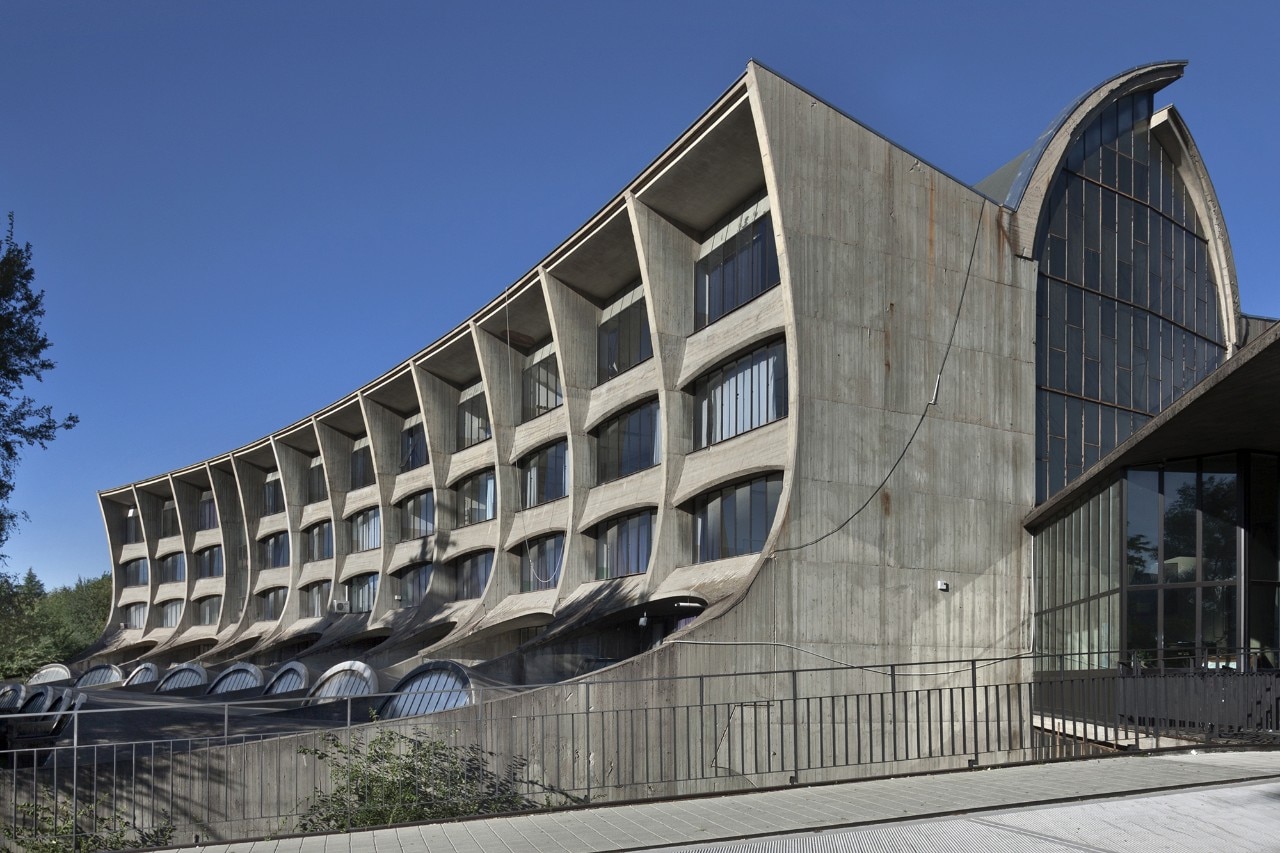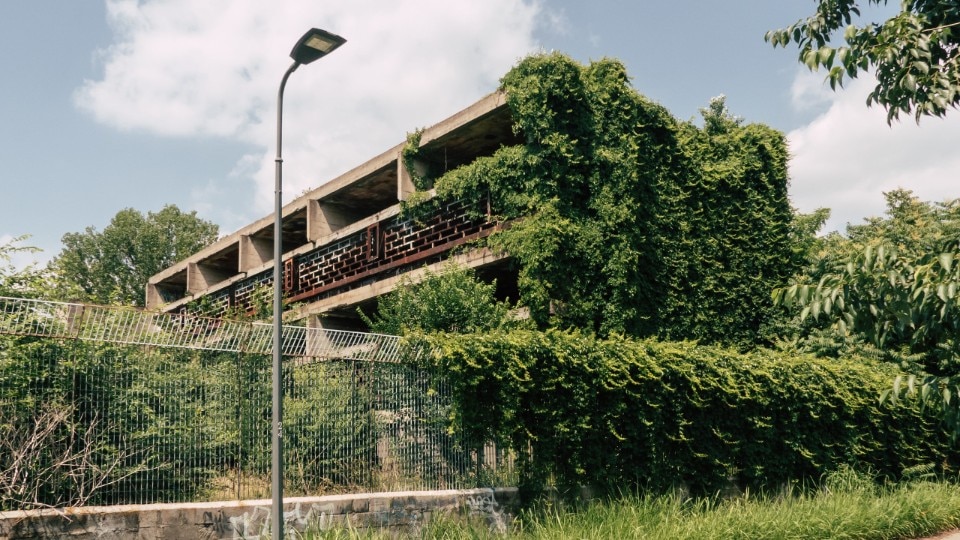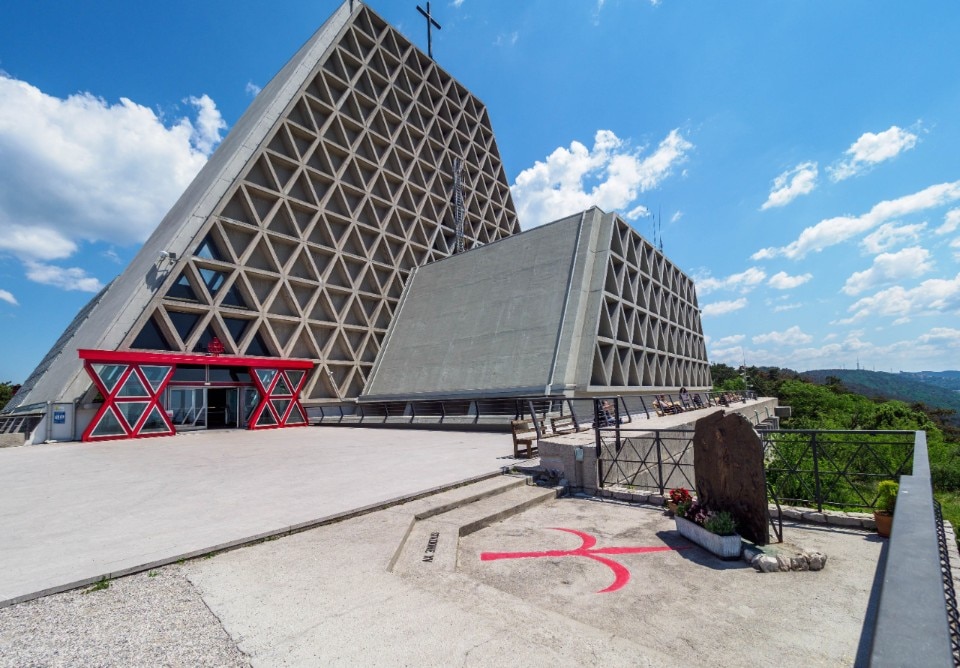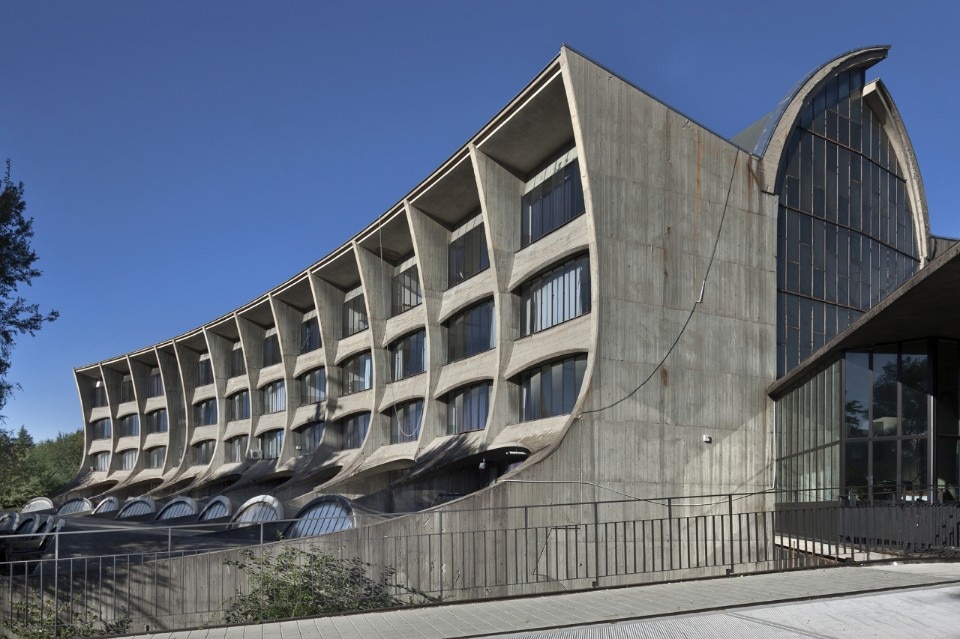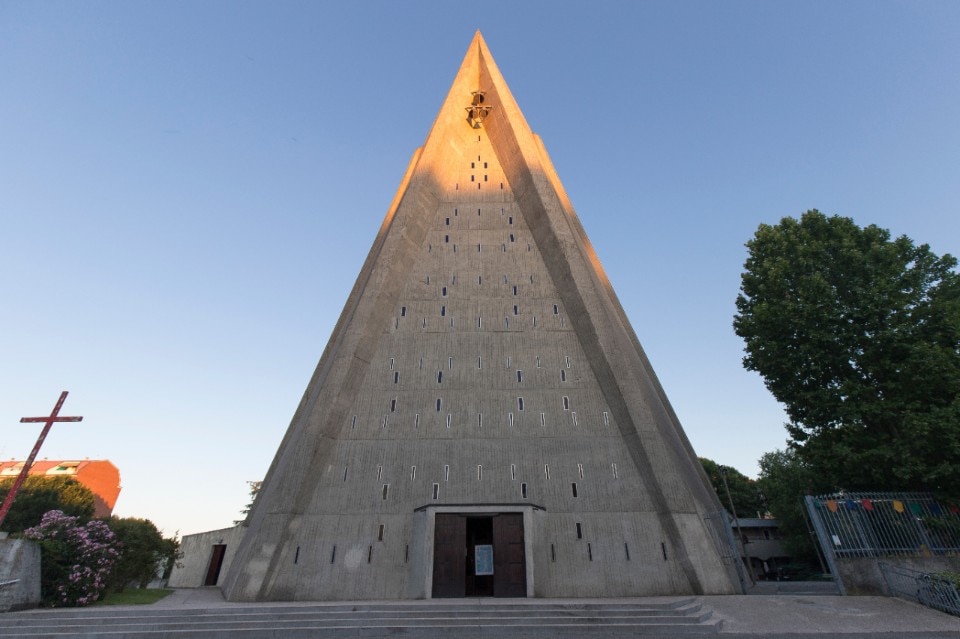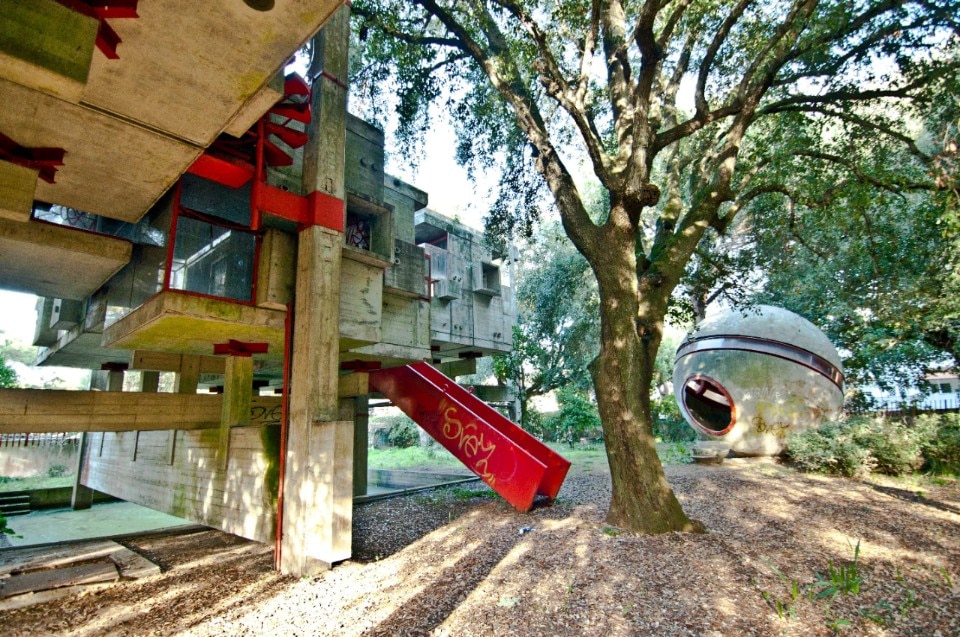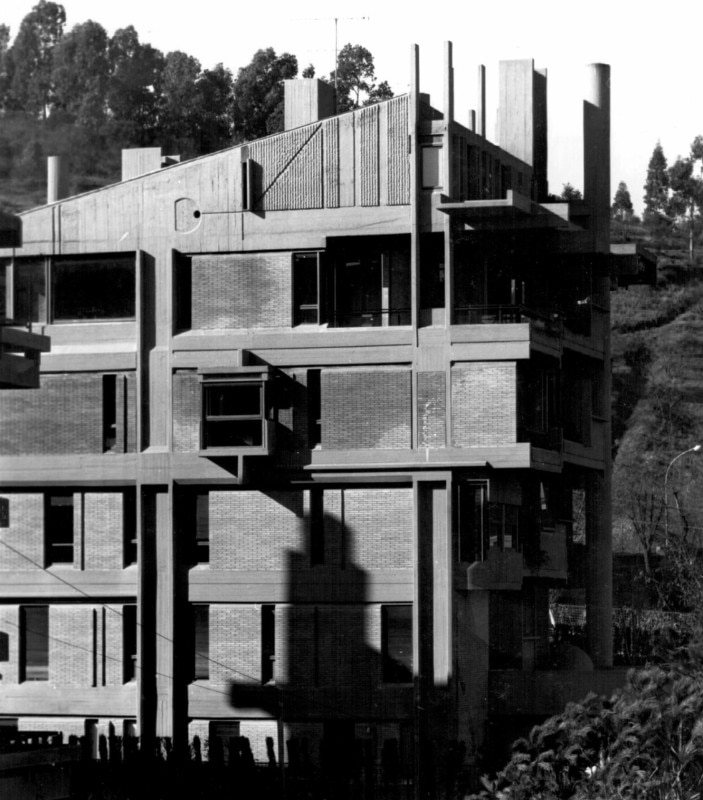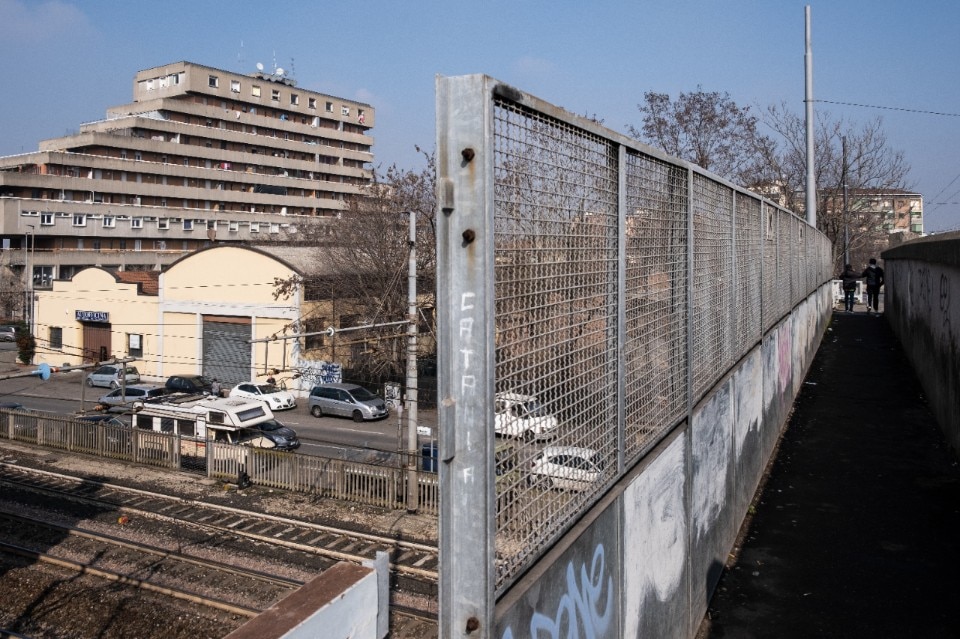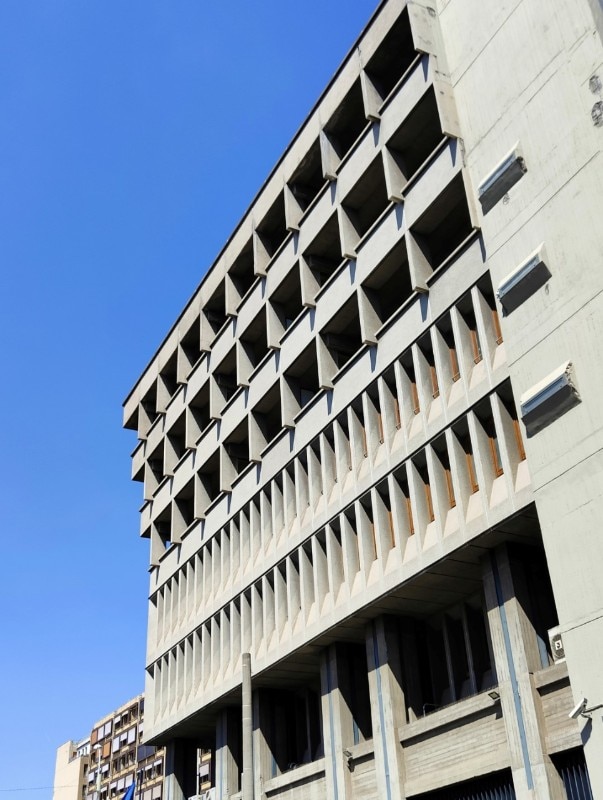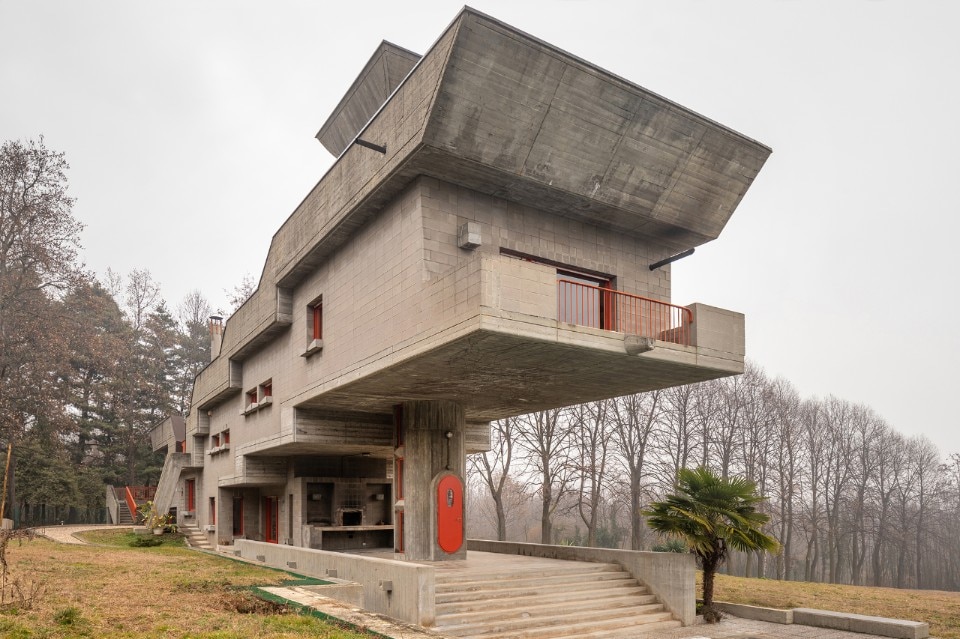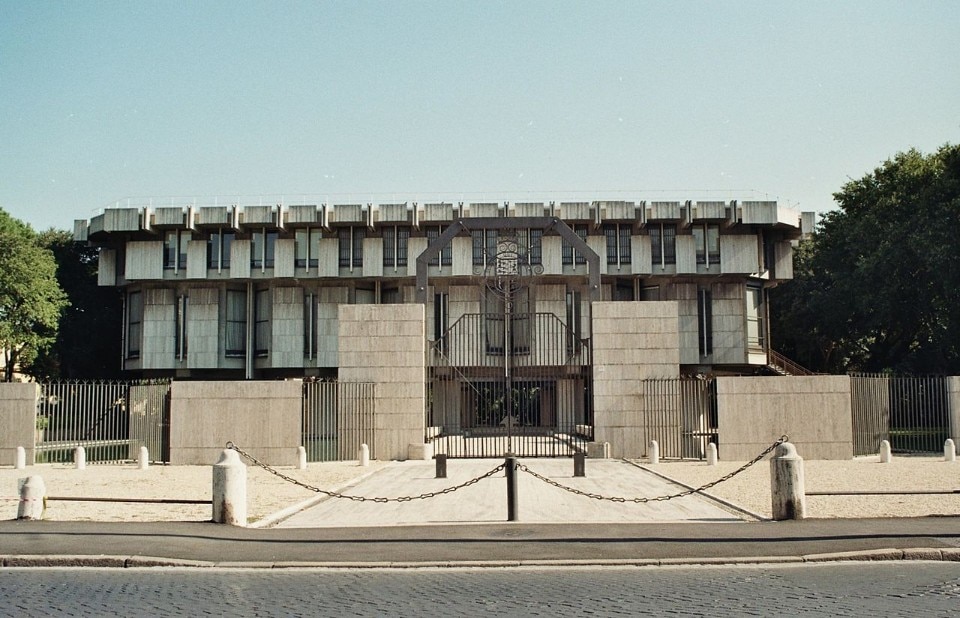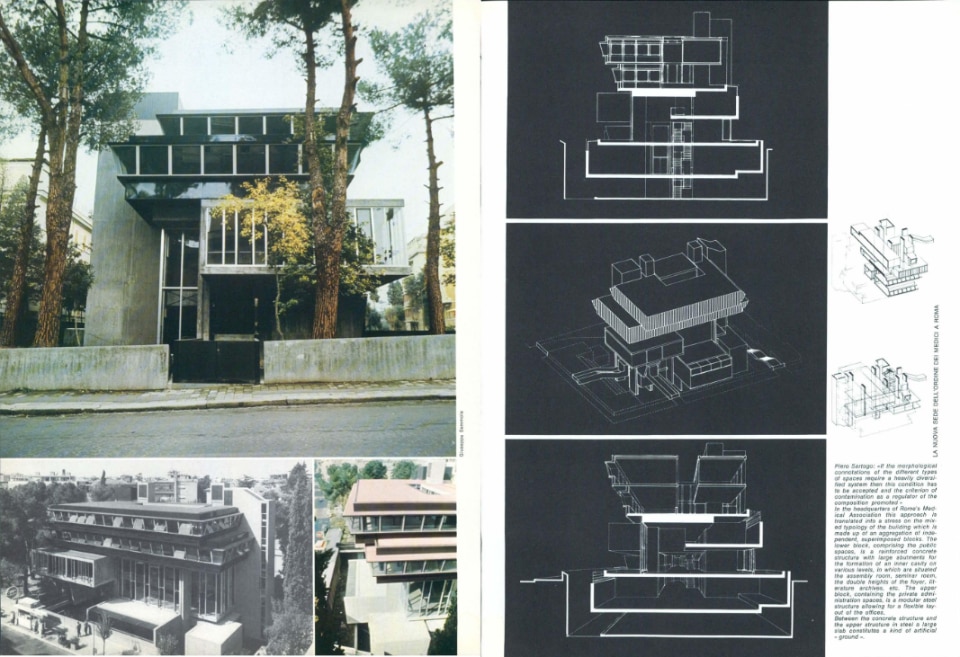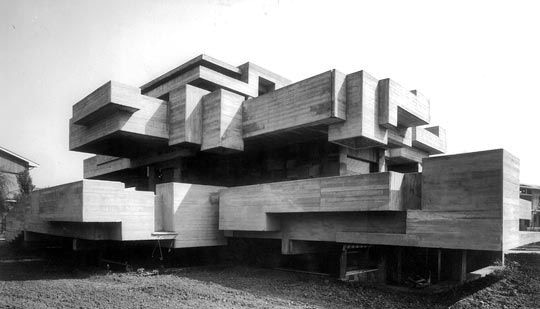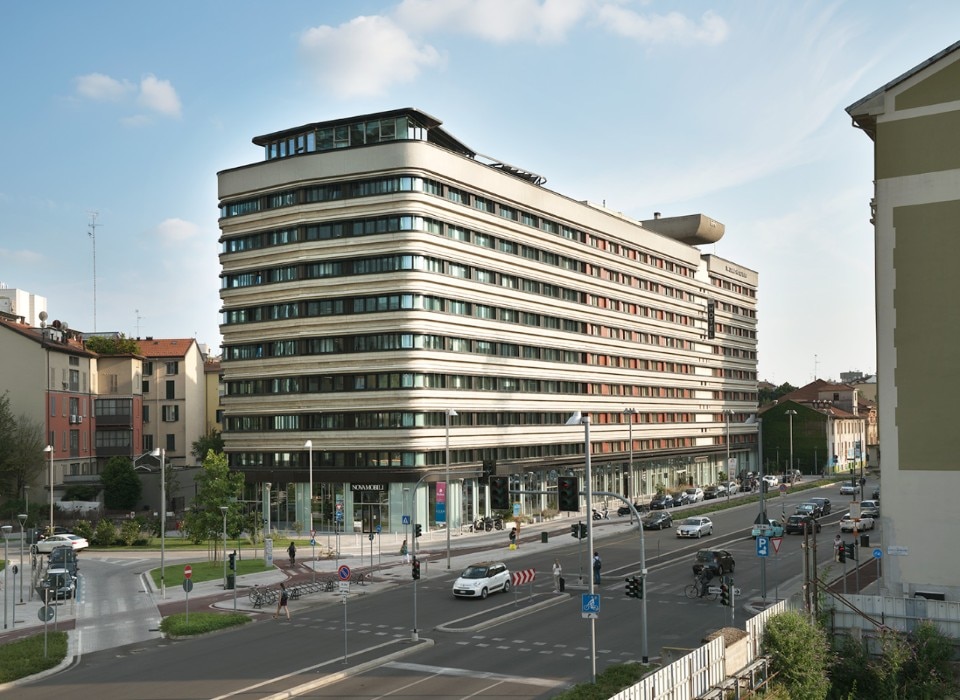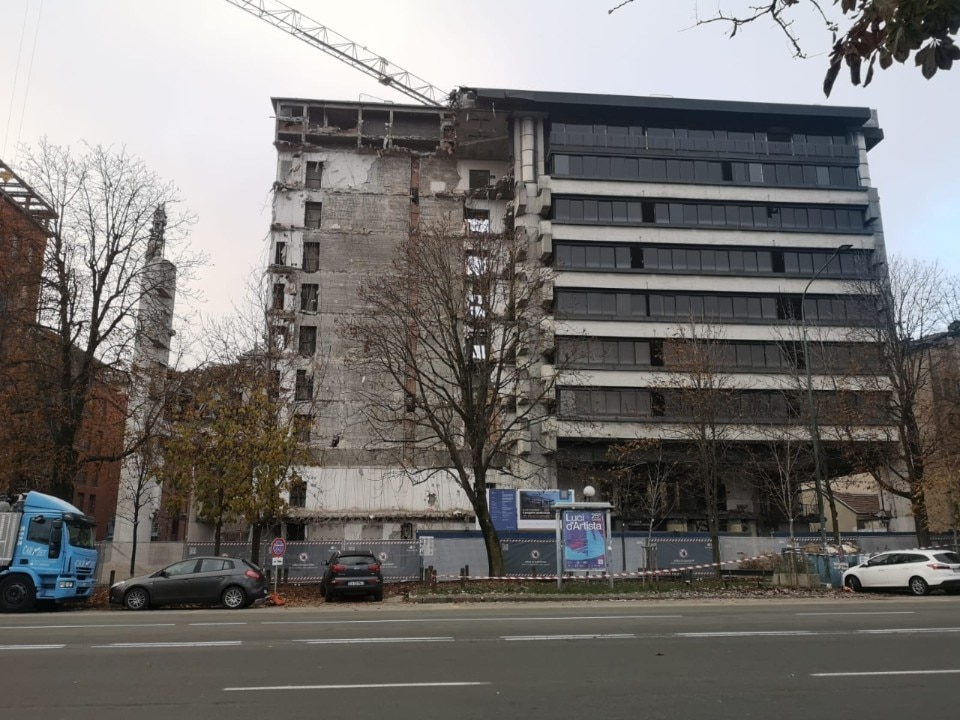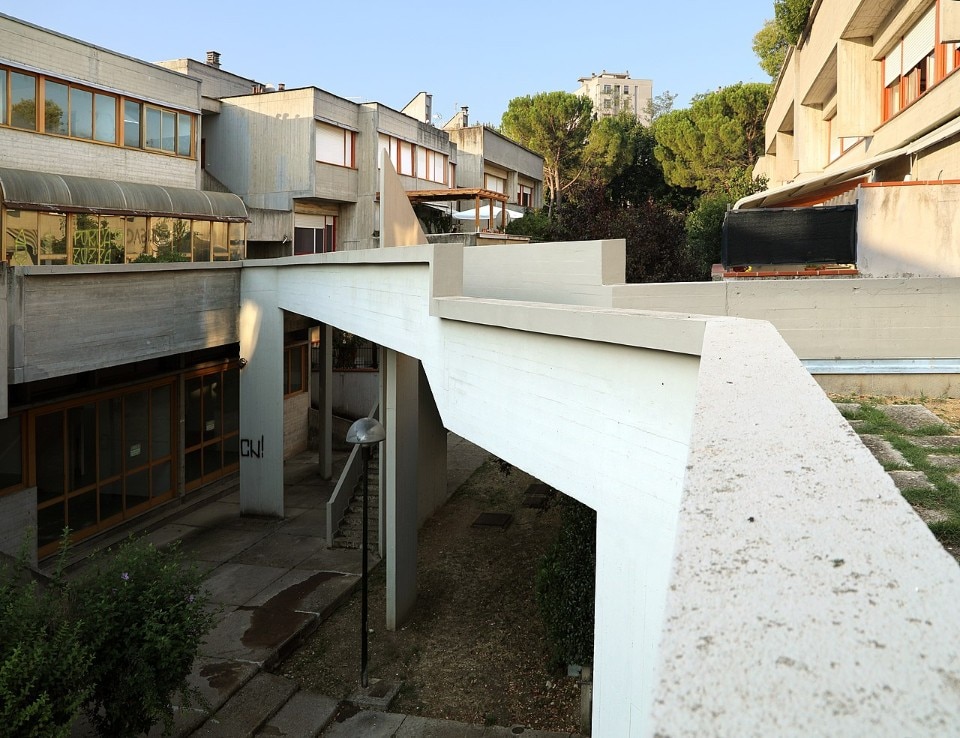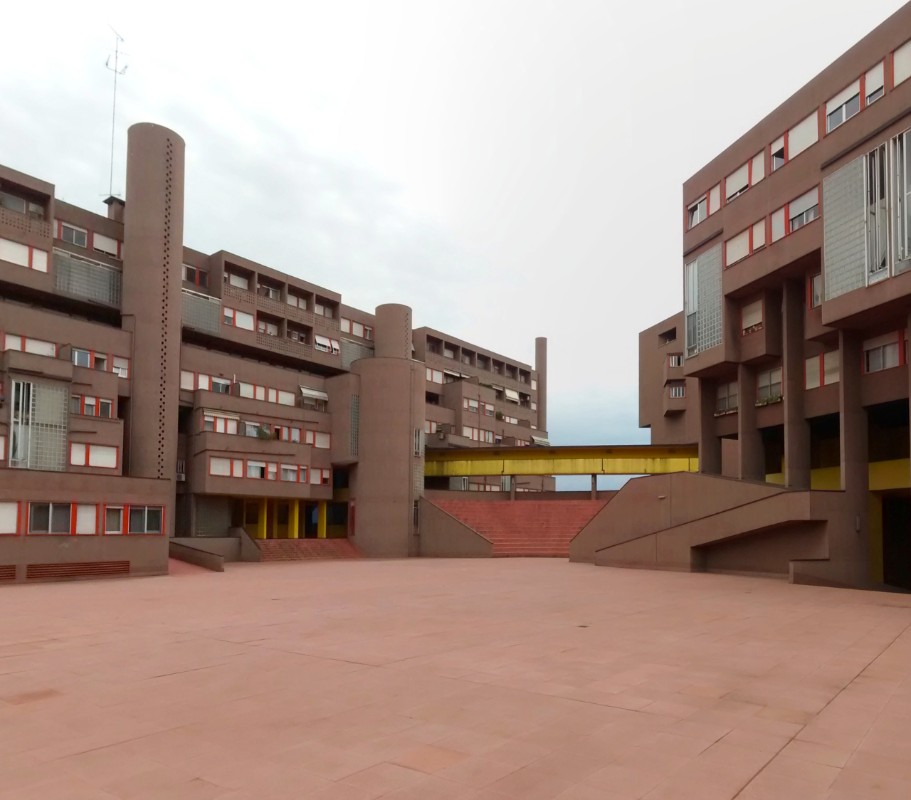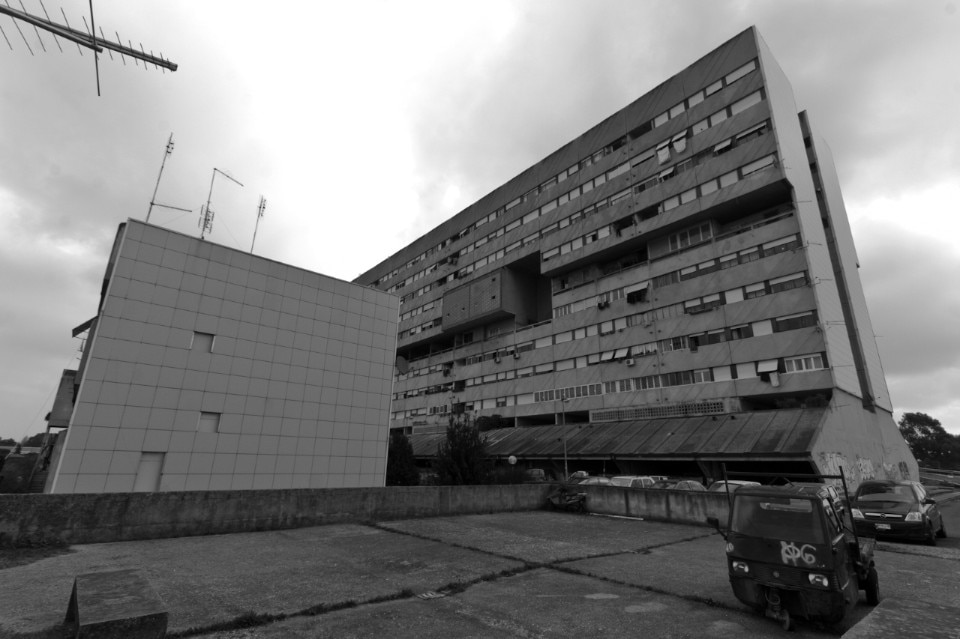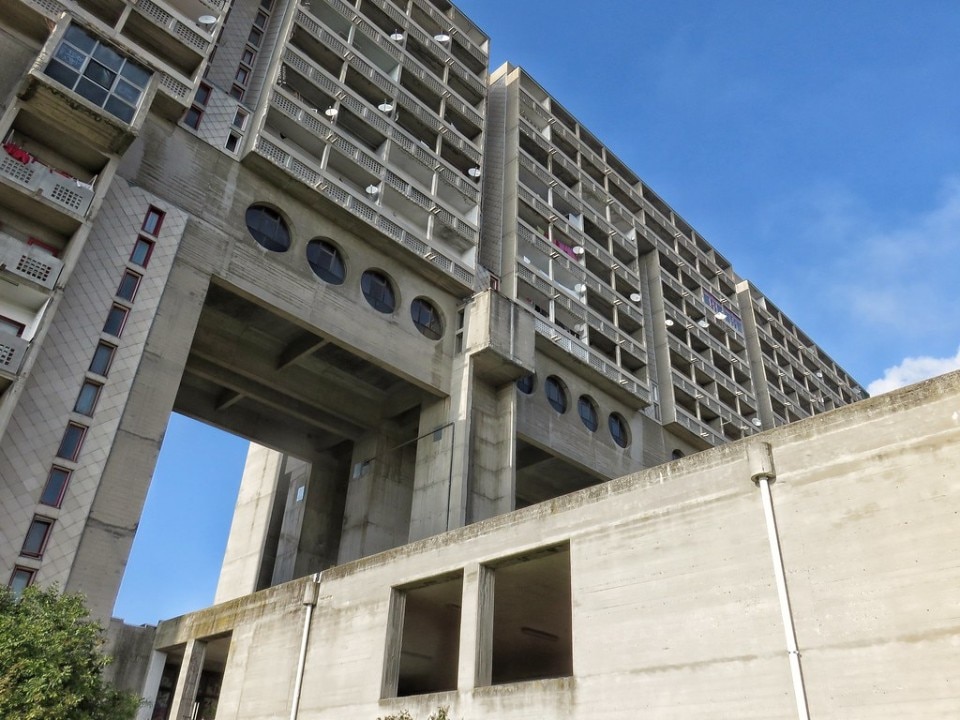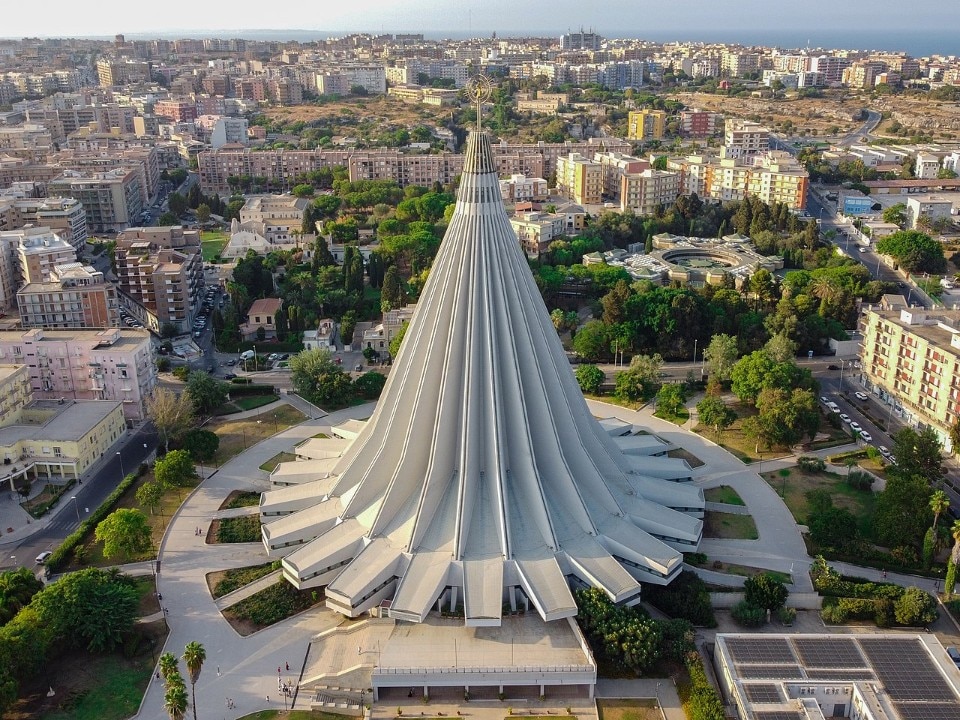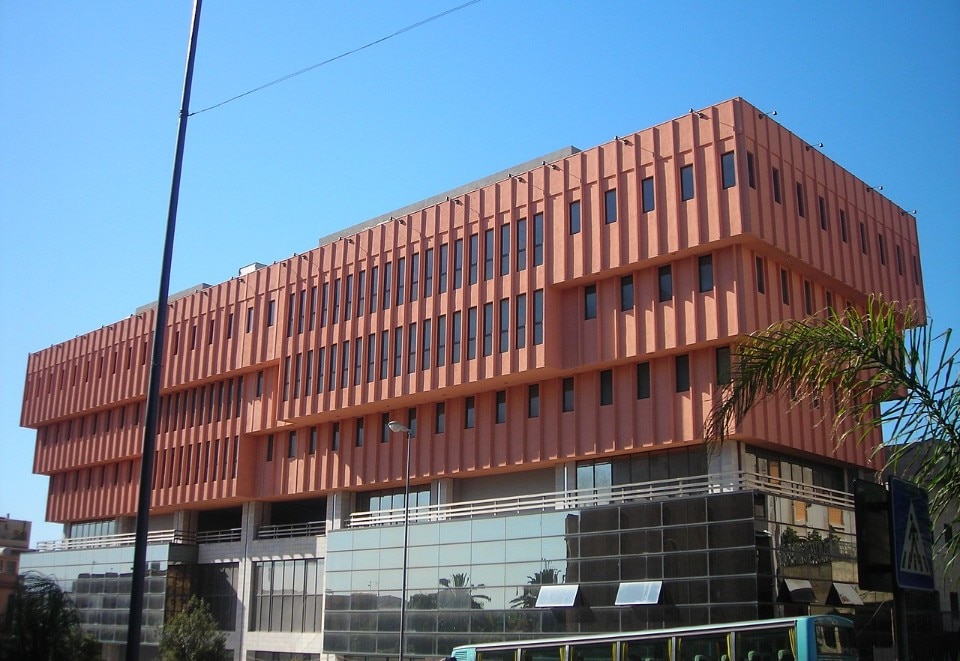As Domus has already recounted, Brutalism developed from the 1950s onward, a time when architectural theory was reformulating the lexicon of building to cope with the needs of a society wounded by war and ready to start again. The result is an architecture that seeks to free itself from the rigidities of the Modern Movement, stripped down to the bone and unashamedly anti-hedonistic, privileging ethics over aesthetics and characterised by a straightforward functionalism, hierarchical structure and plasticity of volumes. The aesthetic signature of brutalism – for reasons at once of expression and – is precisely béton brut, the exposed concrete, which we find at every latitude and on every continent, in European expressions such as Le Corbusier's Unité d'Habitation in Marseille and the formulations of the Anglo-Saxon area, as well as in its different tropical expressions, always in dialogue with city and nature.
Italy, as always a peculiar case, rather than the establishment of a true brutalist group or movement, would witness the crossing of different historical and research paths – radical, postmodern, organicist, independent – with what, especially today, is classified and globally accepted as Brutalist aesthetics, or the integration of those social programatic components proper to brutalist projects of their times. We therefore collected 20 of these architectures – despite their fundamental differences – to explore the Italian specificity in this field: from institutional works (Viganò, Castiglioni, Banca d'Italia in Catania, Spence, Sartogo, Albertini, D'Amore-Basile), to religious buildings (Guacci, Arrighetti, Andrault-Parat), to service industry (Zanuso), to residential interventions on both architectural (Perugini, Berarducci, Graffi-Musmeci, Busiri Vici) and urban scale (Vecchi, De Carlo, Aymonino-Rossi, Fiorentino, Celli-Tognon). The common factor is, especially in the early stages, the belief in the possibility of a change – in design approach, culture and politics – based on the right to the city and housing, as well as on the idea of a fair and cohesive society.
The natural physical corrosion of the material and the anthropic degradation that have sometimes marked certain works have contributed to concretizing in the collective imagination the iconography of brutalist architectures as “unburied corpses” (paraphrasing Ernesto Nathan Rogers), often used as scapegoats to justify failing public policies. Sometimes demolished, sometimes abandoned, sometimes distorted, sometimes pointed at as a warning from a past as heavy as the masses they are made of, many Brutalist architectures in Italy nonetheless compose a rich historical and testimonial legacy posing an unavoidable question today: what is more brutal (in a literal sense), a work that is philologically brutalist in shape and content or certain simplistic and anaesthetized contemporary constructions, made up of pseudo-vernacular or speculative proliferations, punctuating contemporary Italian cities and certainly avoiding any attempt to change the world through architecture?


